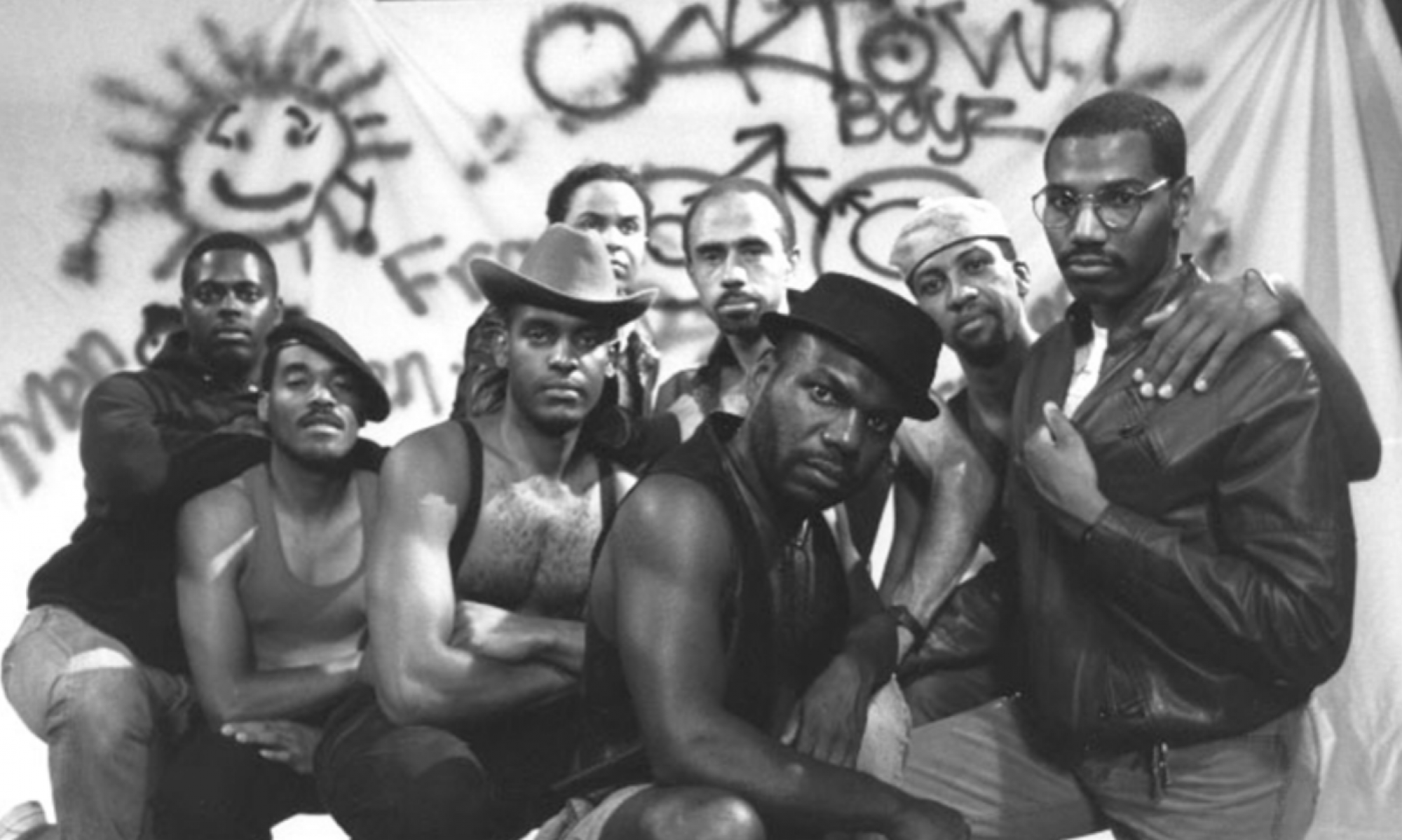In Michael Boyce Gillespie’s book Film Blackness, the author makes the claim that “black film, and black art more broadly, navigates the idea of race as constitutive, cultural fiction, yet this art is nevertheless often determined exclusively by the social category of race or veracity claims about black existential life in very debilitating ways” (Gillespie 1.) In this manner, black film appears to present a reductive and unnecessarily narrow portrayal of “black lifeworld,” (Gillespie 5) which ultimately suggests that black film is a chaotic amalgamation of work with only race in common. Professor Herzog as well Jennifer DeClue, in the roundtable discussion surrounding Pariah, deem this compartmentalization of black art as a ghettoization. In other words, the film is analyzed and interpreted but in a category outside of contemporary, mainstream media. The content and character of the work is ignored. It is the blackness of the art that is underscored. It is the blackness of the art that separates it from other films and makes it a legitimate endeavor. Interestingly, it was this concept of ghettoization that I kept coming back to while watching Dee Rees’s film Pariah.
While Pariah can be viewed in accordance with Gillespie’s theories surrounding the ghettoization of black film and black art, it was in the portrayal of several different types of black lesbians in the film that the intricacies of his theories were illuminated. In this manner, Dee Rees appears to be combatting this compartmentalization but with both race and sexual identity. Alike, the main protagonist of this film, is an adolescent, middle-class, black lesbian from a conservative and religious family. She knows she is a lesbian, yet she has not come out to her family. She is also not entirely comfortable in her own skin as a lesbian. In this manner, she does not feel as though she fits in with the stereotypical black, lesbian crowd. Her best friend, Laura, her mentor and greatest support system, does, however, which ultimately throws Alike into an environment where she does not feel comfortable or able to be herself. It even gets to the point where she attempts to wear a strap-on to the club to try and conform to what she thinks a lesbian should look like. When she meets Bina, a churchgoing free-spirit who shares many of the same tastes in music, art, and hobbies, she no longer needs to change herself to fit in with the other black lesbians who she was previously hanging out with. Instead, she is unhindered by her constant need to conform to the identity that is expected of her. She no longer has to be Laura’s type of lesbian, and she no longer has to be her parents’ type of daughter. She is able to come to terms with her sexuality and break free from her chameleon status by coming out to her parents and pursuing her greatest passion, poetry. It is ultimately through this portrayal of Alike’s character that the film challenges the compartmentalization of both blackness and lesbianism.
In Dee Rees’s film Pariah, Rees presents a wide variety of black lesbian characters thus combatting the notion that all black lesbians have certain characteristics, proclivities, and sexual preferences. In essence, she appears to be doing exactly what Gillespie promoted in his book surrounding the ways in which black film “might offer a more inclusive and variegated investment” (Gillespie 3.) In this manner, Dee Rees is not trying to reflect lesbian lifeworld but is instead trying to present the different types of black women that might become lesbian and the struggles that they face. She is not compartmentalizing black lesbianism but broadening it.
